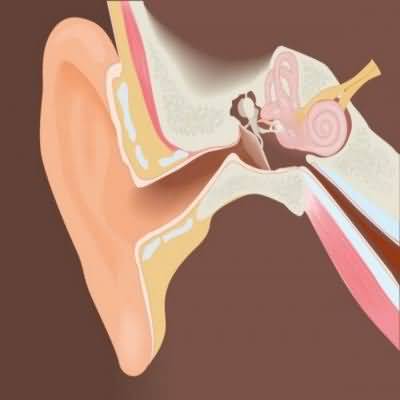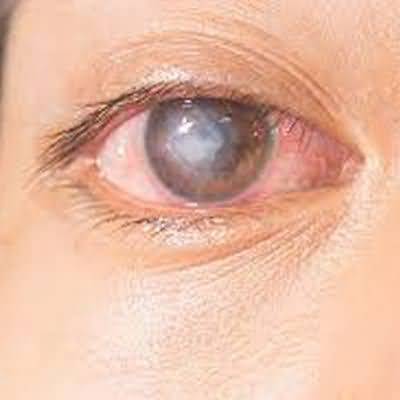epiglottitis
epiglottitis
(or, more correctly, supraglottitis) should be suspected when a patient presents with a rapidly developing sore throat or when odynophagia (pain on swallowing) is out of proportion to apparently minimal oropharyngeal findings on examination
It is more common in diabetic patients and may be viral or bacterial in origin
Rarely in the era of H influenzae type b vaccine is this bacterium isolated in adults
Unlike in children, indirect laryngoscopy is generally safe and may demonstrate a swollen, erythematous epiglottis
Lateral plain radiographs may demonstrate an enlarged epiglottis (the epiglottis “thumb sign”)
Initial treatment is hospitalization for intravenous antibioticseg, ceftizoxime, 1–2 g intravenously every 8–12 hours; or cefuroxime, 750–1500 mg intravenously every 8 hours; and dexamethasone, usually 4–10 mg as initial bolus, then 4 mg intravenously every 6 hours—and observation of the airway
Corticosteroids may be tapered as symptoms and signs resolve
Similarly, substitution of oral antibiotics may be appropriate to complete a 10-day course
Less than 10% of adults require intubation
Indications for intubation are dyspnea, rapid pace of sore throat (where progression to airway compromise may occur before the effects of corticosteroids and antibiotics), and endolaryngeal abscess noted on CT imaging
If the patient is not intubated, prudence suggests monitoring oxygen saturation with continuous pulse oximetry and initial admission to a monitored unit


















